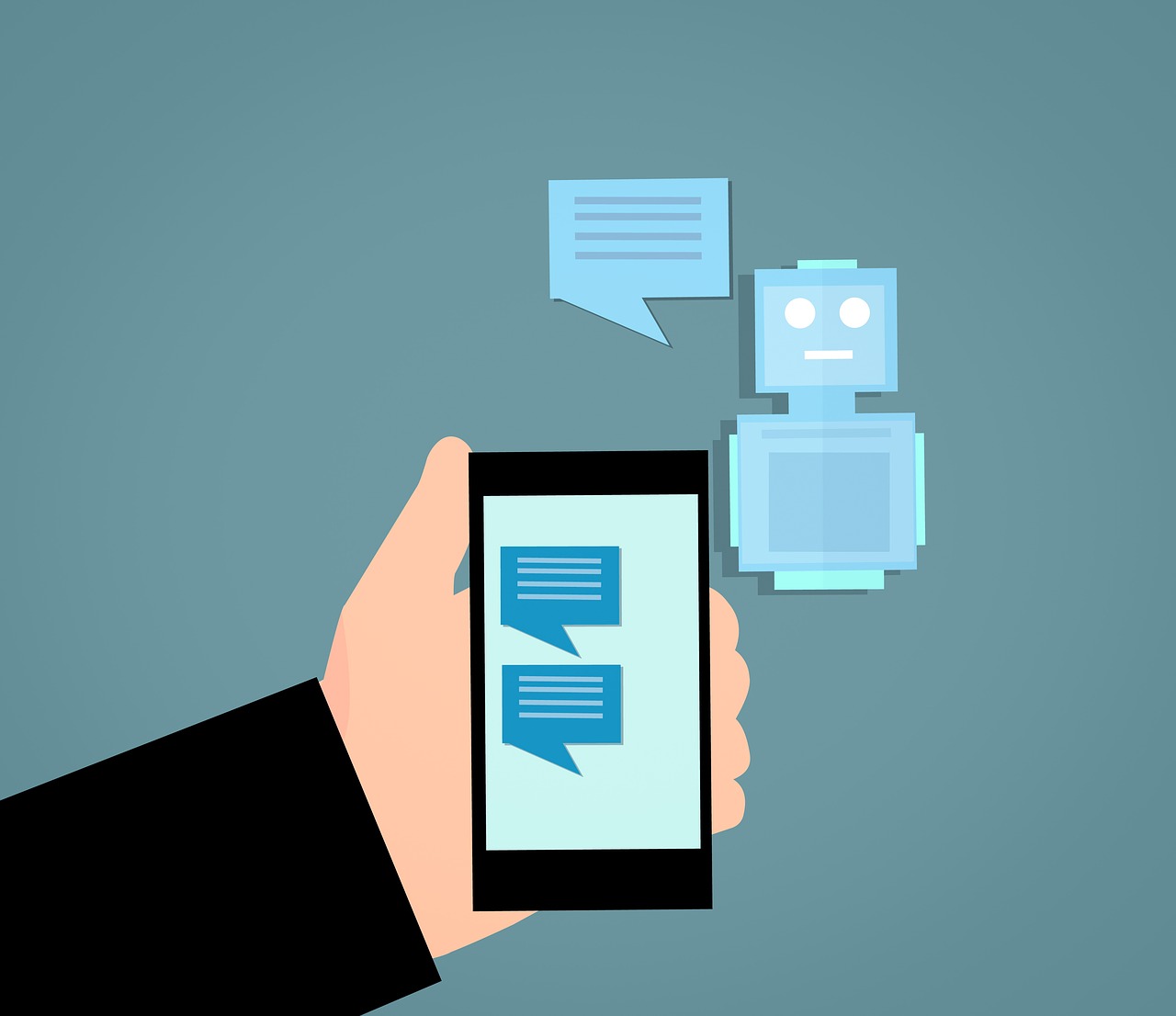With customers using different channels and platforms to communicate with businesses, the need for a multi-channel messaging strategy can’t be overemphasized. Sadly, some businesses are still struggling to implement their strategies, particularly when it comes to determining the technologies to use.
But thanks to AI and chatbots, things are pretty taking a new shape. Up to 80 percent of businesses are expected to use some sort of chatbots by 2020 in customer messaging. This means it’s easier to connect with users on whatever channels they’re using as long as you have the right bot and strategy.
But how do you develop your multichannel messaging? Read on to find out!
What’s a Multichannel Strategy?
With over 2 billion messages being sent between customers and businesses monthly, it’s pretty important to understand how to manage such communications. This is where a multichannel strategy comes in handy. Basically, it allows you to use one strategy across several platforms or channels to improve customer engagement and communications.
The right strategy allows you to connect with customers where they are. Whether it’s on your website, messaging apps, or social media, engaging your customers is increasingly becoming important in boosting conversion rates. It can be a hustle to handle the constantly moving targets since a single user can use different channels. That’s why you need chatbots.
(Read more about Omnichannel marketing from author Avi Benezra)
How Chatbots Come In
Today’s digital world exists in an era of automation. Basically, the more processes you automate in your business, the better. The idea is to reduce the amount of work handled by your team members to allow them to focus on more important aspects of the business.
Gartner predicts that customers will be managing 85 percent of their interactions with businesses without human help by 2020. For example, Amazon has stores without cashiers, and this means limited human interactions. This scenario makes it convenient for customers to get what they want quickly without human help.
The same can be replicated in customer service through the use of chatbots. For example, you can set up a chatbot to handle tasks, such as collecting user information, scheduling a demo, making purchases, paying bills, finding a human support agent, and resolving simple complaints.
Typically, chatbots allow you to build simulated conversations that facilitate deeper rapport with customers. You don’t have to take several days to respond to customer queries when bots can do it in a matter of seconds. They allow you to offer 24/7 customer support while reducing human error and keeping your overhead low.
Implementing Chatbots
Over 60 percent of customers value businesses that can be reached through messaging apps. Most importantly, they need to quick or immediate response to their queries. That’s what you can achieve by using chatbots for your multi-channel messaging platform.
Define Your Use Case
With tools, such as Snatchbot, you can create a bot or chatbot without any coding skills. But first, you must define your use case. It’s important to find how your chatbot is going to be used and where it will be implemented.
Also, it should be implemented where it offers value to as many users as possible. Identify all the customer service tasks that can be easily handled by the chatbot. Be sure that the added value is sufficient enough to validate the implementation of the chatbot.
Basically, the added value should facilitate the acceptance of the new technology within your organization.
Implementation Stage
It’s only when you have defied the use case that you can actually implement your chatbot. The key factors you should consider include, the scope of the use case, integrations, and data accessibility.
Customer service agents should be involved in implementing the chatbot. At the initial stage, they understand customers better than the chatbot, so their role is immensely valuable. They also understand the typical interactions of customer service, and they can help to ensure friendly AI-powered interactions.
Once you’ve created your chatbot with Snatchbot, be sure to train with sample questions. The more questions your use, the more questions the chatbot can answer within the specified topic. Also, boost the overall knowledge of the chatbot by identifying all the key data sources it will have access to.
Customer Engagement Channels to Use
Knowing where your customers are is important. Luckily, messaging apps have made it easier for you to know that. Messenger, Whatsapp, and Instagram are some of the largest apps, collectively having a user base of over 2.6 billion people.
Unfortunately, each of these channels come with unique possibilities, rules, and limitations. But the right multi-channel strategy should make using different channels a lot easier. With SnatchBot, any bot you create is automatically configured to work with most channels, such as Viber, web, e-mail, Twilio, Line, Messenger, Slack, Skype among others.

Future-Proofing Your Strategy
The success of using chatbots in multi-channel messaging depends on your strategy. With new AI services and the growth in use cases, the chatbot market is evolving rapidly. As such, it’s pretty imperative to stay on top of these advances to make chatbots work for you.
Starting out with a ready-to-use service like SnatchBot helps you learn the basics. Deploy your bot as you learn what your customers want. Most importantly, implement features that you only need; you can add those cool features later on when you get the basics right.
As more capabilities and AI applications arrive, your business should tap into them to see what can work for your bots. Consequently, helping to improve the value the bots deliver to customers as AI services become smarter than humans.
Final Thoughts
More and more businesses are taking advantage of artificial intelligence to streamline their customer service and improve engagement. Whatever business you have, chatbots and virtual agents/assistants are here to stay; how you use them for your business is what matters.
With over 40,000 clients, SnatchBot continues to make chatbots more accessible to businesses. Thanks to machine learning, bots are constantly evolving to meet the increasing needs of businesses and customers. You only need to delopy your bot across multiple channels with a single click.

